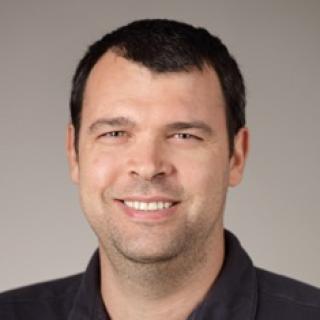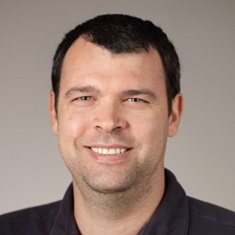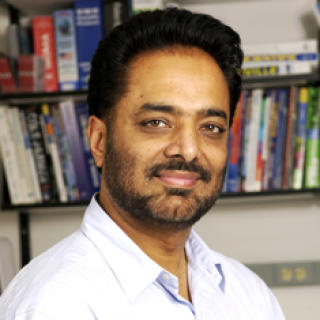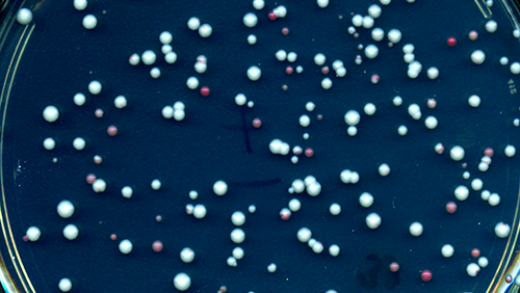
H. Diego Folco, Ph.D.
- Center for Cancer Research
- National Cancer Institute
- Building 37, Room 6066
- Bethesda, MD 20892
- 240-760-7534
- folcohd@mail.nih.gov
RESEARCH SUMMARY
Dr. Folco investigates mechanisms of chromosome segregation that are relevant to cancer. He earned his PhD from National University of Cordoba (Argentina) and completed postdoctoral training in Edinburgh (Scotland) and San Diego. At NCI, he has led the discovery that the untimely expression of gametogenic genes drives uniparental disomy (UPD), a chromosomal anomaly associated with cancer and other human diseases.
Areas of Expertise
Research
My research focuses on understanding how failures in RNA processing lead to defective chromosome segregation, triggering uniparental disomy (UPD) and aneuploidy—both hallmarks of cancer cells. UPD, a condition in which an individual inherits both copies of a homologous chromosome from only one parent, is a relatively common phenomenon (1 in 3,500 live births) and is associated with various cancers and congenital disorders. While UPD is thought to arise primarily from pre- or post-zygotic chromosome mis-segregation events, the molecular mechanisms driving this process remain poorly understood. To address this gap, I have developed novel assays for monitoring UPD, leading to the first identification of a causative factor—untimely expression of gametogenic genes—in this intriguing phenomenon.
Publications
The cysteine-rich domain in CENP-A chaperone Scm3HJURP ensures centromere targeting and kinetochore integrity
Untimely expression of gametogenic genes in vegetative cells causes uniparental disomy
The CENP-A N-tail confers epigenetic stability to centromeres via the CENP-T branch of the CCAN in fission yeast
Synthetic heterochromatin bypasses RNAi and centromeric repeats to establish functional centromeres
Heterochromatin and RNAi are required to establish CENP-A chromatin at centromeres
Biography

H. Diego Folco, Ph.D.
I have lived in four countries and worked at seven institutions throughout my scientific career. My journey began at the National University of Córdoba, Argentina, where I pursued my doctoral degree under the supervision of Prof. Alberto Rosa, studying the role of the H1 histone protein in gene expression and epigenetics. In 2004, I joined the laboratory of Prof. Robin Allshire at the University of Edinburgh, United Kingdom, as a postdoctoral fellow, marking the beginning of my long-term focus on chromosome segregation. There, I investigated the epigenetic mechanisms by which heterochromatin establishes the CENP-A histone variant at centromeres, a fundamental process for chromosome segregation. In 2009, I continued my training with Prof. Arshad Desai at the University of California, San Diego, where I used genetic and live-cell imaging approaches to dissect the contributions of distinct CENP-A domains to chromosome segregation. Since 2012, I have been a member of Dr. Shiv Grewal’s laboratory in the LBMB, first as a Research Fellow and currently as a Staff Scientist.

